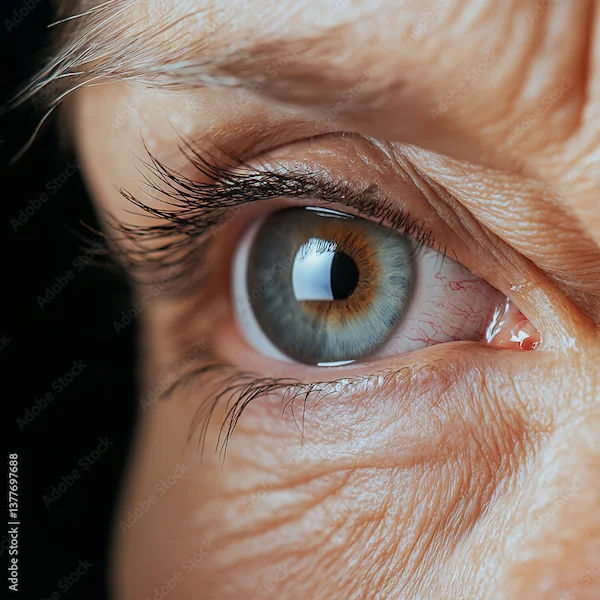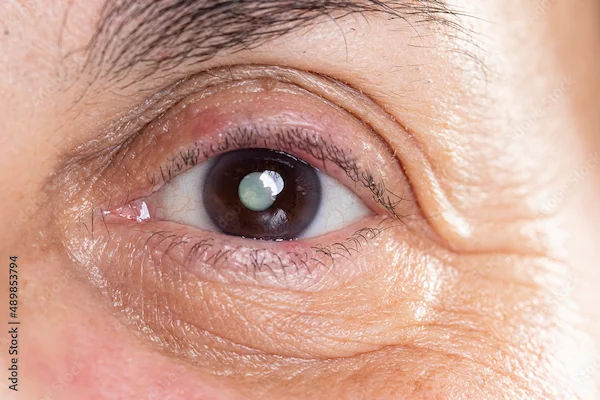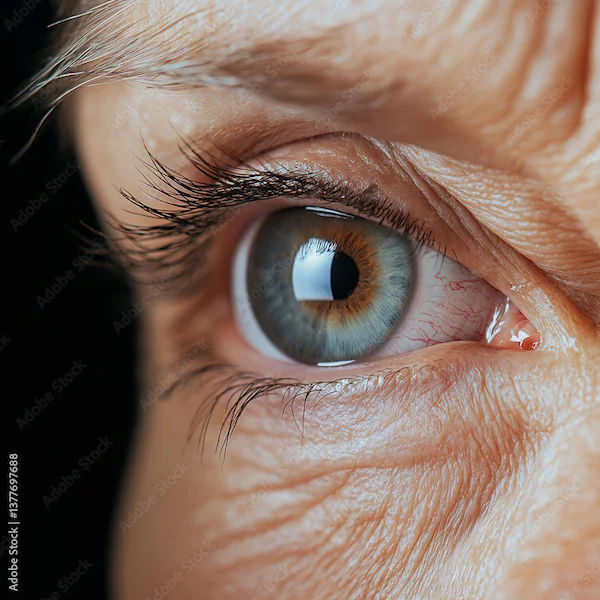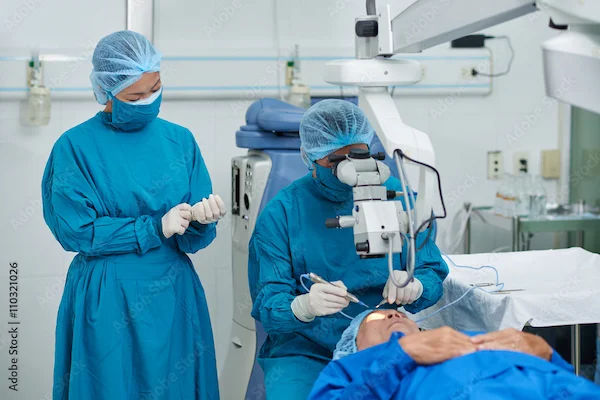Incidence Of Retained Lens Fragments After Cataract Surgery
Learn about the incidence of retained lens fragments after cataract surgery, including causes, risk factors, and how timely diagnosis and management can prevent complications.

Written by
Last updated on 3rd Jul, 2025
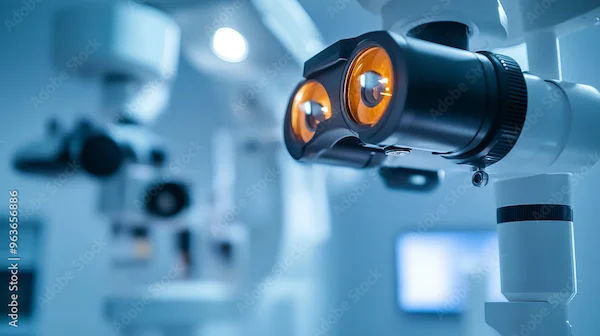
Introduction
Cataract surgery is one of the most common and successful eye surgeries performed worldwide. It helps restore clear vision by replacing the cloudy natural lens with an artificial one. However, in rare cases, small fragments of the natural lens may remain in the eye after surgery, a condition known as retained lens fragments (RLF). While this complication is uncommon, it’s important to be aware of it, understand its implications, and know what steps to take if it happens. This article explains what retained lens fragments are, why they occur, their symptoms, and how they can be managed.
What Are Retained Lens Fragments?
During cataract surgery, the eye surgeon removes the cloudy natural lens and replaces it with an artificial intraocular lens (IOL). In some cases, tiny pieces of the natural lens may remain in the eye, particularly in the vitreous (the gel-like substance inside the eye). These leftover fragments are called retained lens fragments (RLF). While RLF is rare (occurring in less than 1% of cataract surgeries), it can lead to complications if not addressed properly.
Why Do Retained Lens Fragments Occur?
Several factors can contribute to RLF, including:
Complex cataract cases: Some cataracts are harder to remove due to their density or position.
Weak zonules: The tiny fibres that hold the lens in place may be weak, increasing the risk of lens fragments slipping into the vitreous.
Surgical complications: Rarely, unexpected issues during surgery may lead to fragments being left behind.
Most surgeons take precautions to minimise this risk, but in some cases, small fragments may still remain.
Symptoms of Retained Lens Fragments
If you have retained lens fragments, you may experience:
Blurred or decreased vision
Eye pain or discomfort
Increased eye pressure (glaucoma-like symptoms)
Inflammation or redness
Floaters (dark spots or cobweb-like shapes in vision)
Some patients may not notice any symptoms immediately, which is why follow-up visits after cataract surgery are crucial.
Consult Top Specialists for Personalised Tips
How Are Retained Lens Fragments Diagnosed?
If your doctor suspects RLF, they may perform:
A detailed eye examination: Using a slit lamp and other tools to check for fragments.
Ultrasound imaging (B-scan): Helps detect fragments in the vitreous.
Optical coherence tomography (OCT): Provides detailed images of the eye’s internal structures.
Early detection helps prevent complications like glaucoma, retinal detachment, or chronic inflammation.
Treatment Options for Retained Lens Fragments
The treatment depends on the size and location of the fragments, as well as any complications they may be causing. Options include:
1. Observation (For Small, Non-Troublesome Fragments): If the fragments are very small and not causing issues, your doctor may monitor them without immediate intervention.
2. Medications (For Inflammation or High Eye Pressure):
Anti-inflammatory eye drops can reduce swelling.
Glaucoma medications may be prescribed if eye pressure increases.
3. Vitrectomy (Surgical Removal of Fragments)
If the fragments are large or causing complications, a vitreoretinal surgeon may perform a vitrectomy, a procedure to remove the vitreous gel and the lens fragments.
This surgery is highly effective and often resolves the issue completely.
Can Retained Lens Fragments Be Prevented?
While RLF cannot always be prevented, choosing an experienced surgeon and following post-operative care instructions can minimise risks.
Tips for a Smooth Recovery After Cataract Surgery
Some tips for a smooth recovery after cataract surgery are:
Attend all follow-up appointments: Helps detect any complications early.
Use prescribed eye drops: Prevents infection and inflammation.
Avoid rubbing your eyes: Reduces the risk of dislodging the lens.
Protect your eyes from injury: Wear sunglasses and avoid strenuous activities initially.
When Should You Seek Help?
Contact your eye doctor immediately if you experience:
Sudden vision loss
Severe eye pain
Increased redness or swelling
New floaters or flashes of light
Early intervention can prevent serious complications.
Conclusion
Retained lens fragments after cataract surgery are rare but manageable. Most patients recover well with proper treatment, and vision can be restored successfully. If you’ve had cataract surgery and notice any unusual symptoms, don’t hesitate to consult your eye specialist.
Consult Top Eye Doctor
Consult Top Specialists for Personalised Tips
Dr. S Venkateswaran
Ophthalmologist
35 Years • MBBS, PGD (OPTHALMOLOGY)
Tiruvannamalai
Shiva Eye And General Hospital, Tiruvannamalai
Dr. Akashdipta Saha
Ophthalmologist
4 Years • MBBS, MD(Ophthalmology), Fellowship in Retina & Vitreous
Delhi
AIIMS, Delhi
Dr. Harshavardhan Reddy
Ophthalmologist
3 Years • MBBS , MS (Ophthalmology)
Hyderabad
Ram Dev Rao Hospital, Hyderabad
Dr. Kakarla Roopa
Ophthalmologist
3 Years • MBBS MS Ophthalmology
Tirupati
Anna Gowri Hospital, Tirupati

Dr. Sneha T Khurana
Ophthalmologist
9 Years • MBBS, MS Ophthalmology
Gurugram
GS multispeciality clinic, Gurugram
Consult Top Eye Doctor
Dr. S Venkateswaran
Ophthalmologist
35 Years • MBBS, PGD (OPTHALMOLOGY)
Tiruvannamalai
Shiva Eye And General Hospital, Tiruvannamalai
Dr. Akashdipta Saha
Ophthalmologist
4 Years • MBBS, MD(Ophthalmology), Fellowship in Retina & Vitreous
Delhi
AIIMS, Delhi
Dr. Harshavardhan Reddy
Ophthalmologist
3 Years • MBBS , MS (Ophthalmology)
Hyderabad
Ram Dev Rao Hospital, Hyderabad
Dr. Kakarla Roopa
Ophthalmologist
3 Years • MBBS MS Ophthalmology
Tirupati
Anna Gowri Hospital, Tirupati

Dr. Sneha T Khurana
Ophthalmologist
9 Years • MBBS, MS Ophthalmology
Gurugram
GS multispeciality clinic, Gurugram
